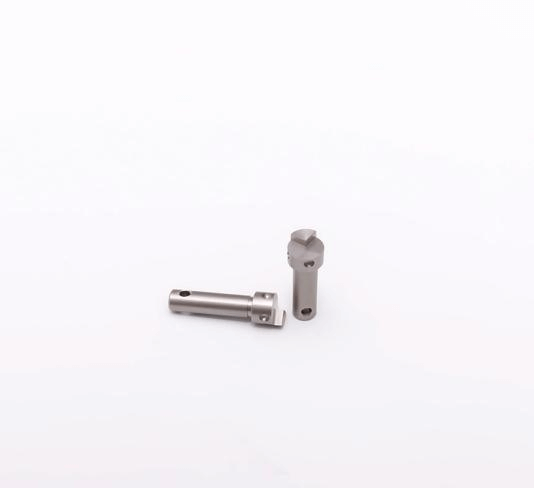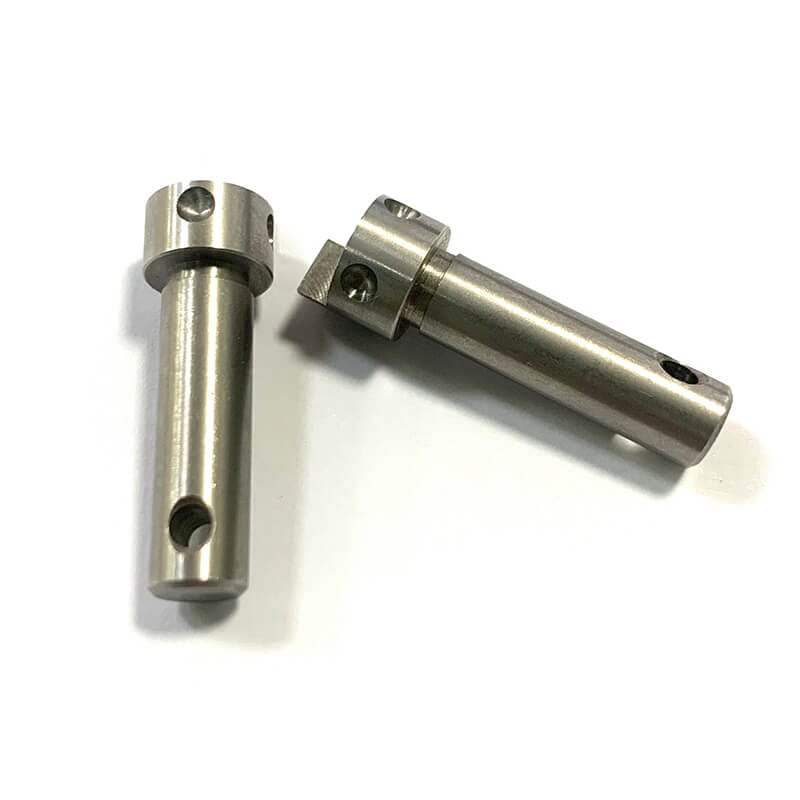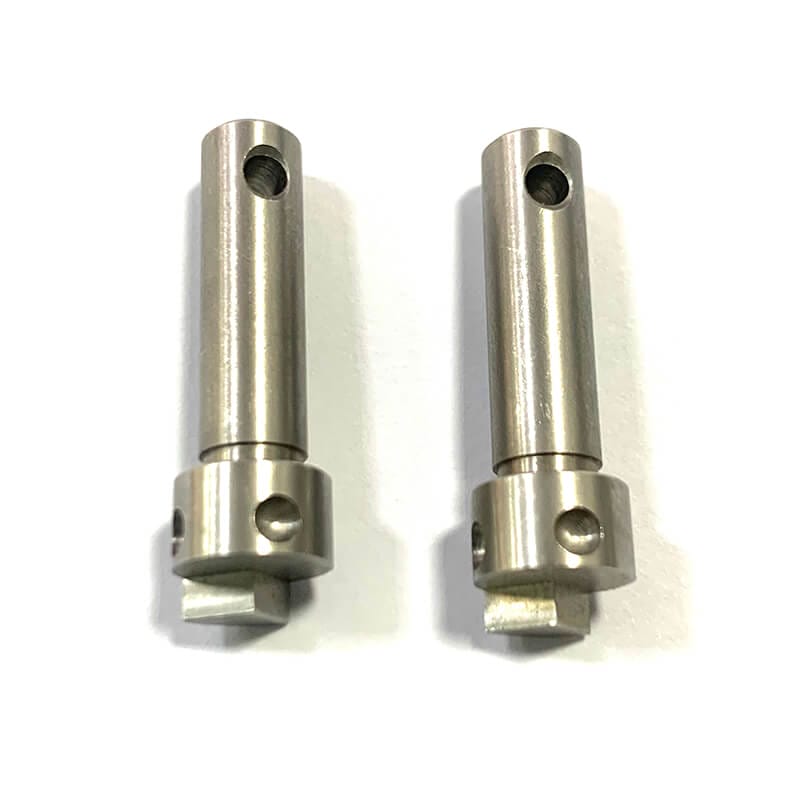Description
[section]
[row]
[col span__sm=”12″]
On the market, this material is marked in different ways, such as 06Cr19Ni10 and SUS304. 304 means ASTM standards are followed, while SUS 304 means Japanese standards are followed.
As a kind of general-purpose stainless steel, 304 is widely used to manufacture equipment and machine parts with requirements of high comprehensive performances (corrosion resistance and formability). In order to
[/col]
[/row]
[/section]
[section]
[row]
[col span__sm=”12″]
Purpose and Application Scope of Stainless Steel 304:
System description: As a kind of chrome-nickel stainless steel with the widest application, the 304 stainless steel features good corrosion resistance, heat resistance, low-temperature strength and mechanical properties, as well as good thermal machinabilities such as stamping and bending, without hardening (operating temperature: -196℃-800℃).
Despite corrosion resistance in the atmosphere, timely cleaning is required to avoid corrosion. It is suitable for food processing, storage and transport.
With good machinability and weldability, the 304 stainless steel is applicable to plate heat exchangers, corrugated pipes, household articles (including type-1 and -2 tableware, cabinets, indoor pipelines, water heaters, boilers and bathtubs), auto parts (including windshield wipers, silencer, and molded goods), medical apparatuses, building materials, chemical industry, food industry, agriculture, and ship parts.
The 304 stainless steel with strict content control can also be called food-grade 304 stainless steel.
Most applications require that the original appearance of buildings be maintained for a long time. During the determination of which type of stainless steel is to be used, the required aesthetical standard, local atmospheric corrosion and adopted cleaning system are mainly considered.
However, other applications, such as the top and side walls of an industrial building, seek only structural integrity and watertightness more and more. In these applications, the owners’ building costs may be more important than aesthetics, and it is OK with unclean surfaces.
The 304 stainless steel has good effects when used in a dry indoor environment, but regular cleaning is required to maintain a good appearance when it is used outdoors in villages or cities. When used in an industrial area with serious pollution or a coastal region, the 304 stainless steel will have dirty surfaces and even corrosion.
In order to have the aesthetic effects in an outdoor environment, nickeliferous stainless steel is required. Therefore, 304 stainless steel is widely used for curtain walls, side walls, roofs and other structural purposes, but it is better to use 316 stainless steel in an industry with serious pollution or the marine atmosphere.
By using the stainless steel sliding door, people have fully understood the superiority of using stainless steel in structural applications. Both 304 stainless steel and 316 stainless steel are covered in some design criteria.
Because of good atmospheric corrosion resistance integrated with high tensile strength and proof strength, duplex stainless steel 2205 is included in the EU criteria.
[/col]
[/row]
[row v_align=”middle”]
[col span=”6″ span__sm=”12″]
[ux_image id=”2372″ image_size=”original”]
[/col]
[col span=”6″ span__sm=”12″]
Product shape
In fact, stainless steel is manufactured with full standard metal shapes and sizes, as well as other special shapes. The most common products are made of sheets and strip steel, and some special products are made of medium plates, such as hot rolled structural steel and extruded structural steel.
The circular, elliptic, square, rectangular, and hexagonal welded pipes or seamless steel tubes and other forms of products including profiles, bars, wires and castings are also included.
[/col]
[/row]
[row]
[col span=”6″ span__sm=”12″]
Machining Difficulties and Solutions of the Custom Precision CNC Turning Shaft Lock of Stainless Steel 304
Due to different mechanical properties and chemical compositions, different kinds of stainless steel have different CNC turning difficulties.
For some, it is difficult to have satisfactory surface roughness during turning, for others, it is easy to have required surface roughness but the cutters wear quickly during turning.
High-speed CNC turning with high thermal intensity and high roughness are not applicable to austenitic stainless steel or martensitic stainless steel which has hardness and tensile strength just as high as #40 steel but high ductility, reduction of area and impact value.
Such steels are not easy to cut off during high-speed CNC turning, so a large amount of work is consumed. Relatively speaking, the strength of the 304 stainless steel reduces just a little at high temperatures.
In practice, at the same cutting temperature, because of high thermal strength, the 304 stainless steel has higher machining difficulties than plain carbon steel.
During high-speed precision CNC turning, the cutter tip presses the workpiece material, so the metal in the cutting area deforms. Transgranular slip, lattice distortion and tissue densification occur, mechanical properties change accordingly, and the cutting hardness can usually increase by two or three times.
The hardening layer of precision CNC turning can be dozens to hundreds of micrometers thick, so the hardening due to this cutter movement harms the next cutter movement.
The high hardness of the hardening layer also causes the cutters to wear very easily. The powerful machining hardening trend is not good for CNC turning on stainless steel parts.
[/col]
[col span=”6″ span__sm=”12″]
[ux_image id=”2375″ image_size=”original”]
During CNC turning, the cutting debris tends to attach to or melt on the cutter tip or blade to produce built-up edges which deteriorate the roughness of the workpiece’s machining surface and increase vibration during machining to accelerate cutter wearing.
Besides, a large amount of cutting heat cannot be dissipated in time, and even the heat produced by cutting cannot be applied to the whole cutting debris.
This causes the total heat conducted by the cutter more than plain carbon steel, and the cutting blade thus loses its cutting properties at high temperatures.
With high stickiness and poor heat conduction, the cutting debris has adverse impacts on custom CNC turning.
[/col]
[/row]
During custom CNC turning, a large amount of heat produced fails to be rapidly dissipated and must be conducted to the cutter, increasing the temperature at the cutting position.
In addition, because of debris removal difficulty especially continuous debris generation, the chipping debris from cutting congests. The chipping debris congestion is more severe during inner-hole machining.
Because of restrictions from its cross-section shape and its poor strength, vibration tends to occur during machining, and the cutter tip is easy to burn due to local high temperature or break due to large vibration.
Although stainless steel parts have a lot of machining difficulties such as high thermal strength, large plastic deformation, severe machining hardening, much cutting heat, and heat dissipation difficulty during turning, measures can be taken to guarantee the quality of CNC turning for stainless steel parts, such as the selection of proper cutters, cutting liquid, cutting amount, and cutting methods.
As a company dedicated to CNC turning services and CNC milling services for stainless parts, Yijin Hardware has accumulated rich experience in CNC machining for stainless steel precision parts, stainless steel housings, and stainless steel complex parts for 20 years.
Yijin Hardware is praised by all of its customers for the provision of quality CNC machining services for stainless steel parts in various industries such as medical equipment, instruments and apparatus, precision machinery, telecommunication, electronics, environmental protection, and automobiles.
[/section]
 Call Us Today! (+86) 188-2253-7569
Call Us Today! (+86) 188-2253-7569

